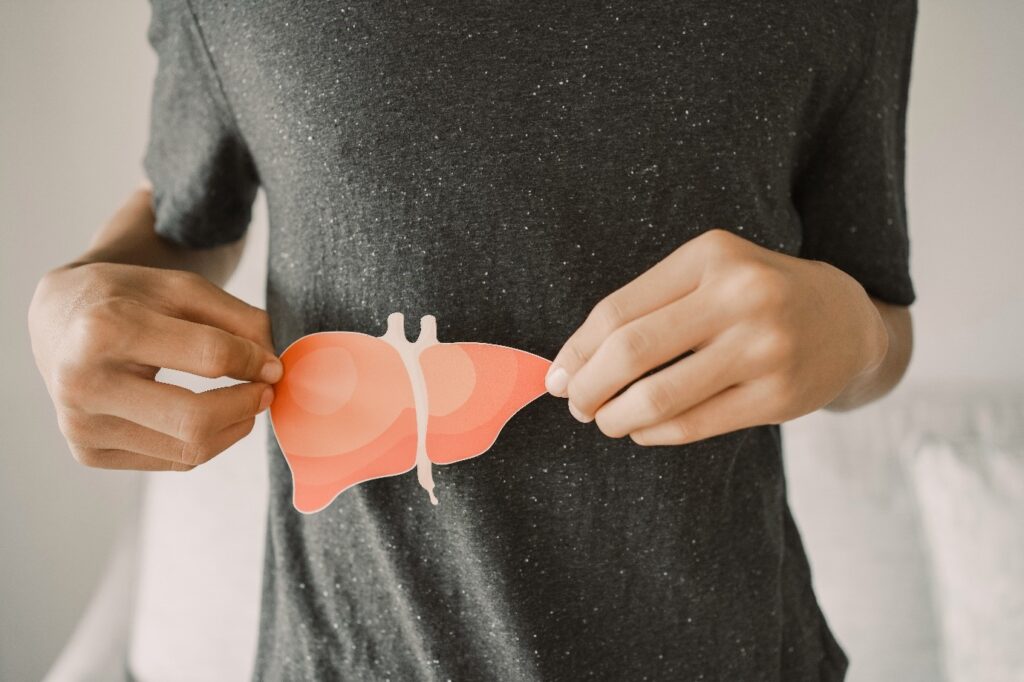How successful is liver transplantation?
Liver transplantation boasts excellent success rates, with outcomes among the best in the region. Most individuals can resume their daily activities within three months of the transplant; some even return to normal life earlier. Many liver transplant recipients have gone on to live a healthy life for 30 years or more after the procedure. The success of the transplant is influenced by factors such as the patient’s health status at the time of surgery, age, and the presence of recurrent disease. Patient adherence to prescribed immunosuppressive medications and lifestyle changes plays a crucial role in ensuring the long-term success of the transplant.
What are the significant risks of liver transplantation?
As with any major surgery, liver transplantation carries risks. These can include complications related to the surgical procedure, such as bleeding, poor liver function, bile leaks, and infections. Post-transplant rejection is a concern, although it decreases over time. Careful monitoring and adherence to medical advice are essential to minimize these risks.
What is the recovery time after a liver transplant?
The recovery process varies depending on the patient’s health before surgery. Most patients are hospitalized for 7 to 10 days following a liver transplant. After being discharged, they typically recover at home and can often return to work or school within about three months.
Can you travel while on the liver transplant waiting list?
Yes, many patients can travel safely while on the liver transplant waiting list. However, it is important to consult with your doctor before traveling.
How often do liver transplant recipients need medical follow-up care?
In the initial six weeks following a liver transplant, patients undergo frequent blood tests and check-ups to monitor liver function and detect signs of rejection or infection. After this period, patients typically have follow-up visits once or twice a year for ongoing monitoring and care.
